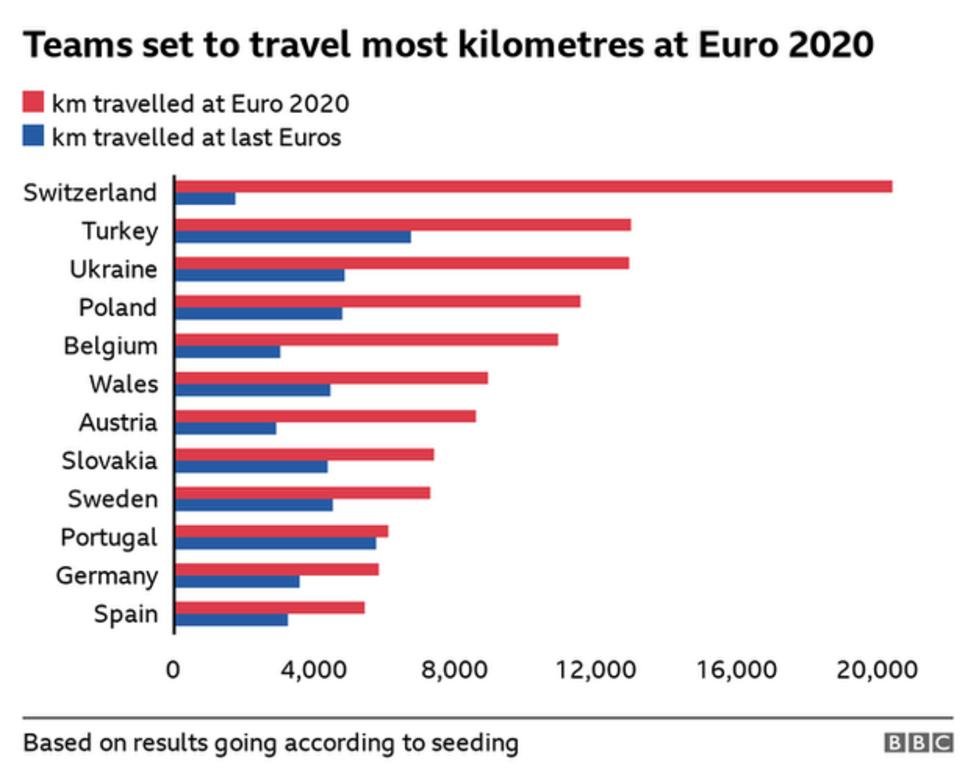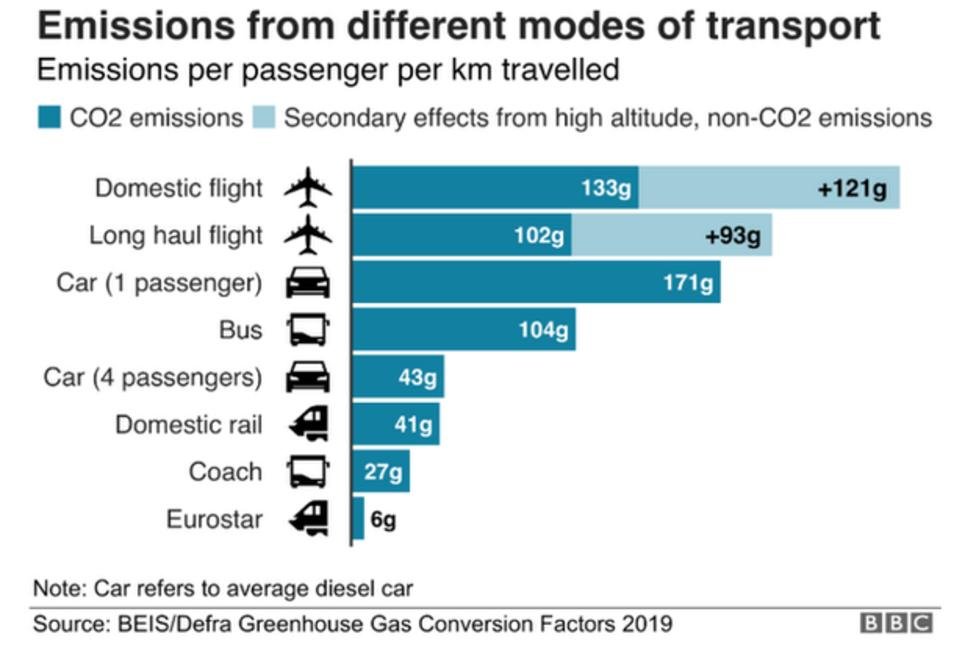The football governing body in Europe, Union of European Football Associations (UEFA), plans to allocate funding competitively through a newly established ‘climate fund,’ to address the sports’ significant carbon footprint.
The climate fund was established in part of UEFA EURO 2024 in Germany following the slogan ‘United by Football – Together for Nature’. The event will kick off in Munich on June 14 and ends with the final in Berlin on July 14.
Football’s Scoring Big on Carbon Footprint
Being the most popular sport globally, football or soccer in American terms, may not be considered a major carbon emitter compared to certain industries. However, the global football industry contributes to over 30 million tons of carbon dioxide annually. That’s roughly equal to the emissions of a small country like Denmark.
Leveraging its popularity and influence, the football industry can have a pivotal role in educating fans about climate change. With a market value of ~$1.9 trillion in 2019, it can help promote innovative solutions to address environmental challenges.
A study conducted a calculation of greenhouse has (GHG) emissions related to transportation for tire 3 football games during the 2012/13 season. The estimated emissions for transport to and from stadiums amounted to 56,237 tons of CO2e. Notably, the carbon footprint tends to increase for more significant games, as supporters and players often travel greater distances for crucial matches.
The chart shows the distance travelled by participating teams during the EURO 2020 event.


Spectators and teams are using various means of transportation to attend the tournament. Each mode emits a certain amount of CO2 as shown below, with flying releasing the most pollution.


To accurately assess their emissions, football clubs must consider not only the transport to and from games. They also have to account for all materials purchased for players, business travel, and even the emissions associated with the production of merchandise sold to fans. This requires a comprehensive mapping of the club’s activities, purchases, and sales.
The football league in the U.S. opted to purchase carbon credits to offset a portion of its carbon emissions.
Kicking Off Change: UEFA’s €7 Million Climate Fund
For the Euro 2024 tournament this summer, UEFA will contribute €25 ($27) to the fund for every ‘unavoidable’ tonne of CO2e emissions. The estimated total of the fund stands at around €7 million ($7.6M) based on pre-event emissions projections.
Amateur football clubs in Germany, where the tournament takes place, have until June 30 to apply for financial support for their sustainability projects.
Eligible projects, focusing on the energy transition, water stewardship, waste management, or smart mobility, must be new initiatives. Clubs can seek up to 250,000 euros, and a streamlined application process is available for requests under 25,000 euros.
The objective is for UEFA’s financing to contribute to long-term emissions reduction, involving fans and local communities in the process.
Bernd Neuendorf, president of Germany’s football association (DFB), emphasized that the UEFA climate fund signifies the importance of amateur football in the country. He also noted that it provides clubs with an opportunity to enhance their commitment to environmental and climate protection.
Neuendorf further highlighted the collaborative efforts between the DFB, Germany’s federal government, UEFA, and other stakeholders to initially reduce the projected carbon footprint of the tournament, minimizing the necessity for offsetting.
Major sporting events, such as this, face challenges in decarbonization. Transportation accounts for a significant portion (60% – 70%) of football’s carbon footprint according to some estimates.
Addressing Scope 3 emissions, where transport footprint fall, is the most challenging task for professional sporting events. For instance, the 2022 FIFA World Cup in Qatar generated an estimated 3.6 million tonnes of CO2e. Over half of these emissions came from spectator transportation, highlighting the substantial impact of travel.
UEFA’s Unique Approach: Local Goals, Global Impact
UEFA’s approach to offsetting stands out for its emphasis on community engagement rather than tracking of individual emissions in tonnes.
A notable distinction is the investment in small-scale local projects, deviating from the trend among many corporations that favor large-scale global initiatives. While most of these projects are nature-based, there’s a growing interest in supporting early-stage man-made carbon capture and removal technologies.
The year 2023 posed challenges for advocates of large international nature-based carbon offsetting schemes within voluntary carbon markets (VCM). These markets exceeded $1 billion in value collectively in 2021, with projections indicating a potential 160-fold increase by 2050.
Amid the integrity issues surrounding the VCM, initiatives like the Voluntary Carbon Market Integrity Initiative (VCMI) launched the Claims Code of Practice. The Code serves as a rulebook for companies in project selection, offsetting claims, and decarbonization-offsetting strategies. Collaborating with the Integrity Council for the Voluntary Carbon Markets (ICVCM), VCMI aims to enhance confidence in the market.
As UEFA takes a leap towards a sustainable football future, the climate fund becomes a symbol of the sport’s commitment to environmental responsibility. With an innovative offsetting approach and community-centric projects, UEFA aims to drive lasting change in football’s carbon footprint.
- SEO Powered Content & PR Distribution. Get Amplified Today.
- PlatoData.Network Vertical Generative Ai. Empower Yourself. Access Here.
- PlatoAiStream. Web3 Intelligence. Knowledge Amplified. Access Here.
- PlatoESG. Carbon, CleanTech, Energy, Environment, Solar, Waste Management. Access Here.
- PlatoHealth. Biotech and Clinical Trials Intelligence. Access Here.
- Source: https://carboncredits.com/uefas-green-goals-7-6m-climate-fund-for-euro-2024-carbon-footprint/



